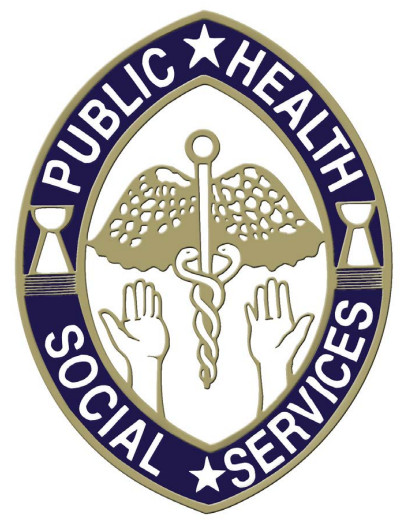Learn about Continuing Care Retirement Communities
A continuing care retirement community (CCRC) provides a range of housing and services designed to meet seniors' changing health needs. Many older persons enter CCRCs while they are healthy, active and independent, knowing that they can receive nursing care services if there is ever a serious change in their health status.
What is a continuing care retirement community?
These communities are designed to meet seniors’ health and housing needs as they change over time. Seniors who don't need help with the daily activities like dressing and bathing reside in a single-family home, apartment, or condominium in the retirement complex. If one’s health care needs become more complex, one can transfer to an assisted living or skilled nursing facility at the same site. This enables residents to keep in close contact with a spouse or friends who live in the retirement community. Seniors who choose to live in a CCRC know that their long-term care needs will be met without the need to relocate. CCRCs offer three types of health care agreements:
- Life Care/Extensive Agreement: Long-term nursing care for little or no additional cost, for as long as nursing services are necessary. This type of agreement requires higher monthly fees.
- Modified/Continuing Care Agreement: Long-term care services for a limited period of time. Beyond that period, the resident pays standard rates for additional nursing care.
- Fee-for-Service Agreement: Residents pay for each health-related service they need.
What should I look for in a continuing care community?
When choosing a community, it is important to find out what health services are available and who will decide when those services are necessary. It is also important to understand what will happen if one can no longer function independently and the community’s nursing home or assisted living facility is fully occupied. Before making a decision it is very important to have a trusted advisor, preferably a legal advisor, read the contract and investigate the retirement community's financial status. If a CCRC goes bankrupt, it may be impossible to recover one’s entrance fee.
In evaluating a community, you may wish to print a copy of GetCare's Retirement Community Checklist, which provides detailed questions to help you evaluate and compare communities. The Commission on Accreditation of Rehabilitation Facilities (CARF) is an organization that accredits only communities that meet or exceed specific standards.
How do I pay for continuing care?
Payment plans vary. Residents may pay a lump sum entry fee and a monthly fee, or they may pay monthly rent and purchase a separate service and/or health care package. In some communities, residents own a condominium or become members of a cooperative, then purchase service and/or health plan. Entry and monthly fees vary greatly. Monthly rates depend on the size of the entry fee and the type of contract, size and quality of the living unit, services and amenities offered in the community, and geographic location.
Contact your local State office if you have questions or would like to talk with someone in person about your situation. Guam GetCare staff are available to help you.
Use this checklist to evaluate and compare retirement community.


